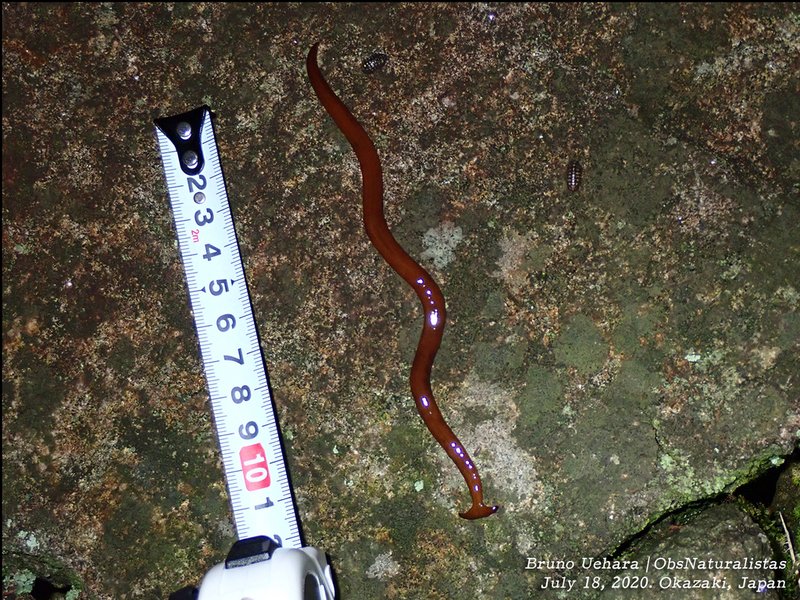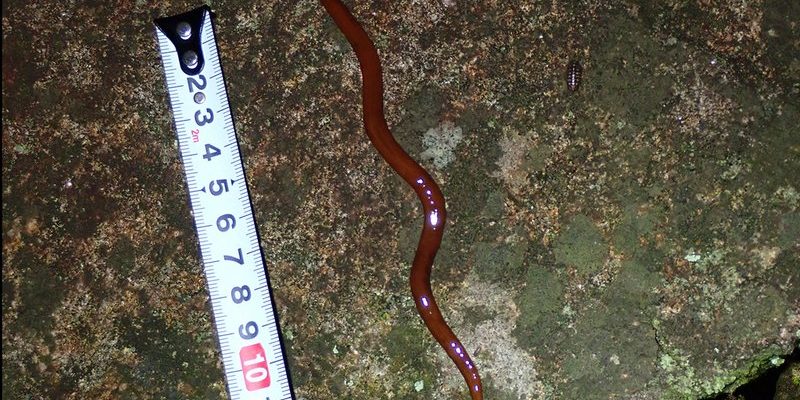
Hammerhead worms, part of the genus *Bipalium*, are primarily found in tropical regions and are known for their predatory diet, often feasting on other worms and small invertebrates. Despite their name, these worms are not related to the typical earthworm. Instead, their unique shape and lifestyle set them apart, making them a subject of study among enthusiasts and scientists alike. Understanding their life cycle can help us appreciate their role in the ecosystem and the impact of seasonal changes on their behavior and reproduction.
What Are Hammerhead Worms?
So, what exactly are hammerhead worms? They’re fascinating creatures belonging to the phylum Platyhelminthes, which also includes flatworms. Unlike your average garden worm, hammerhead worms can grow quite large, some stretching up to 30 centimeters long. Their defining feature is, of course, the hammer-shaped head, which resembles a flattened, blunt hammer. This unique shape isn’t just for show; it helps them sense their environment and hunt effectively.
Hammerhead worms are known for their striking colors and patterns. You might encounter them in shades of brown, gray, or even red, often with stripes or mottled textures. This variation not only makes them stand out but also helps them camouflage in their natural habitats, like leaf litter or damp forest floors. Their predatory nature means they’re always on the lookout for food—typically other worms. But how do these creatures thrive across different seasons?
The Lifecycle of Hammerhead Worms
The life cycle of hammerhead worms is a bit like a dramatic play with different acts, each representing a stage in their development. It usually begins with **egg laying**, which occurs during the warmer months when conditions are favorable. Female hammerhead worms lay eggs in clusters, often hidden in the soil or under leaves. Each cluster can contain dozens to hundreds of eggs, which are protected by a gelatinous substance that keeps them safe from predators.
Once the eggs hatch, young hammerhead worms emerge, looking like miniature versions of their adult counterparts. This part of their life cycle is crucial; the young worms must find their way in a world filled with danger. They primarily feed on smaller worms and develop rapidly, often reaching maturity in as little as three months. This rapid development is essential for survival, especially as food sources may dwindle with seasonal changes.
Seasonal Behavior of Hammerhead Worms
You might be wondering how hammerhead worms adapt to seasonal changes. Typically, they thrive in warm, humid environments, making the spring and summer months the best time for them. During this time, they are more active, hunting for food and engaging in reproduction. As temperatures rise and moisture levels increase, the worms come out in full force, making it easier to spot them in their natural habitats.
However, as fall approaches and temperatures drop, hammerhead worms exhibit some fascinating behaviors. They often enter a state of dormancy or reduced activity. This is their way of conserving energy until conditions are favorable again. During colder months, you might find them buried in the soil, where they can wait out the winter until the warmth returns. This adaptability is a testament to their resilience and ability to survive in varying environmental conditions.
Feeding Patterns Throughout the Seasons
Feeding habits of hammerhead worms are directly influenced by seasonal changes. In the warmer months, when food sources are abundant, they’re actively hunting, preying on other worms and small invertebrates. During this time, they tend to be more aggressive and can cover large areas in search of food. Their hammerhead shape aids in their hunting techniques, allowing them to strike swiftly and consume their prey efficiently.
As the seasons shift to fall and winter, their feeding habits change dramatically. With cooler temperatures, food becomes scarce, and they reduce their hunting. This makes sense, especially given that they need to conserve energy. They may rely on their fat reserves built up during the active months, waiting for spring to arrive before they resume their hunting frenzies.
Reproduction and Its Seasonal Influence
Reproduction is a major part of the hammerhead worm’s life cycle, and it’s intricately linked to **seasonal changes**. During spring and summer, when conditions are optimal, these worms engage in mating rituals that can be quite a sight. Male and female worms often engage in a courtship dance, aligning their bodies before exchanging sperm, which can be a lengthy process. This ensures a greater chance of survival for their offspring when the eggs are laid.
The timing of reproduction is vital since the young worms need the right conditions to thrive. By laying eggs during the warm, wet months, hammerhead worms ensure that their hatchlings have access to food and are less likely to face harsh environmental conditions. This careful synchronization with seasonal cycles is one of the reasons why they thrive in certain regions but struggle in others.
Impact of Environmental Changes on Hammerhead Worms
As we learn more about hammerhead worms, it’s essential to consider how environmental changes impact their life cycles. Factors like climate change, habitat destruction, and even pollution can alter their seasonal patterns, potentially disrupting their reproductive cycles and food availability. For instance, warmer winters might encourage earlier hatching, but this could lead to mismatches with food sources, affecting their survival.
Additionally, altered rainfall patterns can impact their habitats, making it tougher for them to find those ideal moist conditions they thrive in. If their life cycle gets out of sync with seasonal changes, it could have ripple effects on the ecosystems they inhabit, including the prey they rely on.
Understanding the seasonal life cycle patterns of hammerhead worms is more than just an academic exercise; it helps illuminate the broader ecological picture. By grasping how these fascinating creatures adapt, thrive, and struggle through seasons, we gain insight into the health of our ecosystems. Hammerhead worms, like many species, are indicators of environmental change, and their well-being reflects the vitality of the habitats they occupy.
So, the next time you spot a hammerhead worm in your garden or during a stroll through the woods, remember that it’s not just a worm—it’s a part of a complex life cycle that plays a crucial role in the ecosystem. By nurturing awareness and respect for these unique creatures, we can help preserve the delicate balance of nature.

